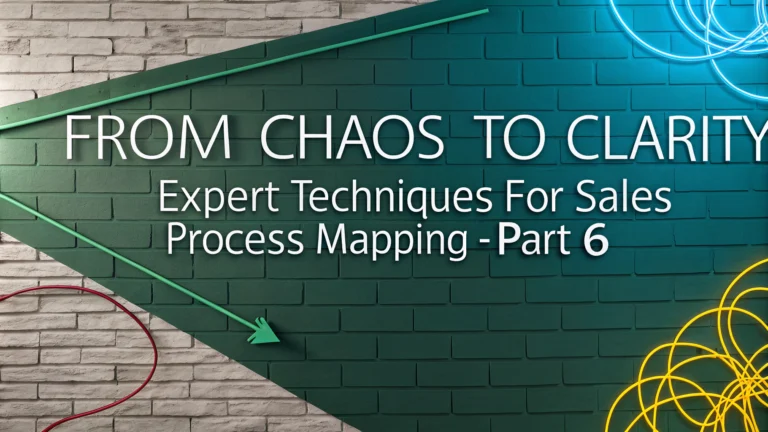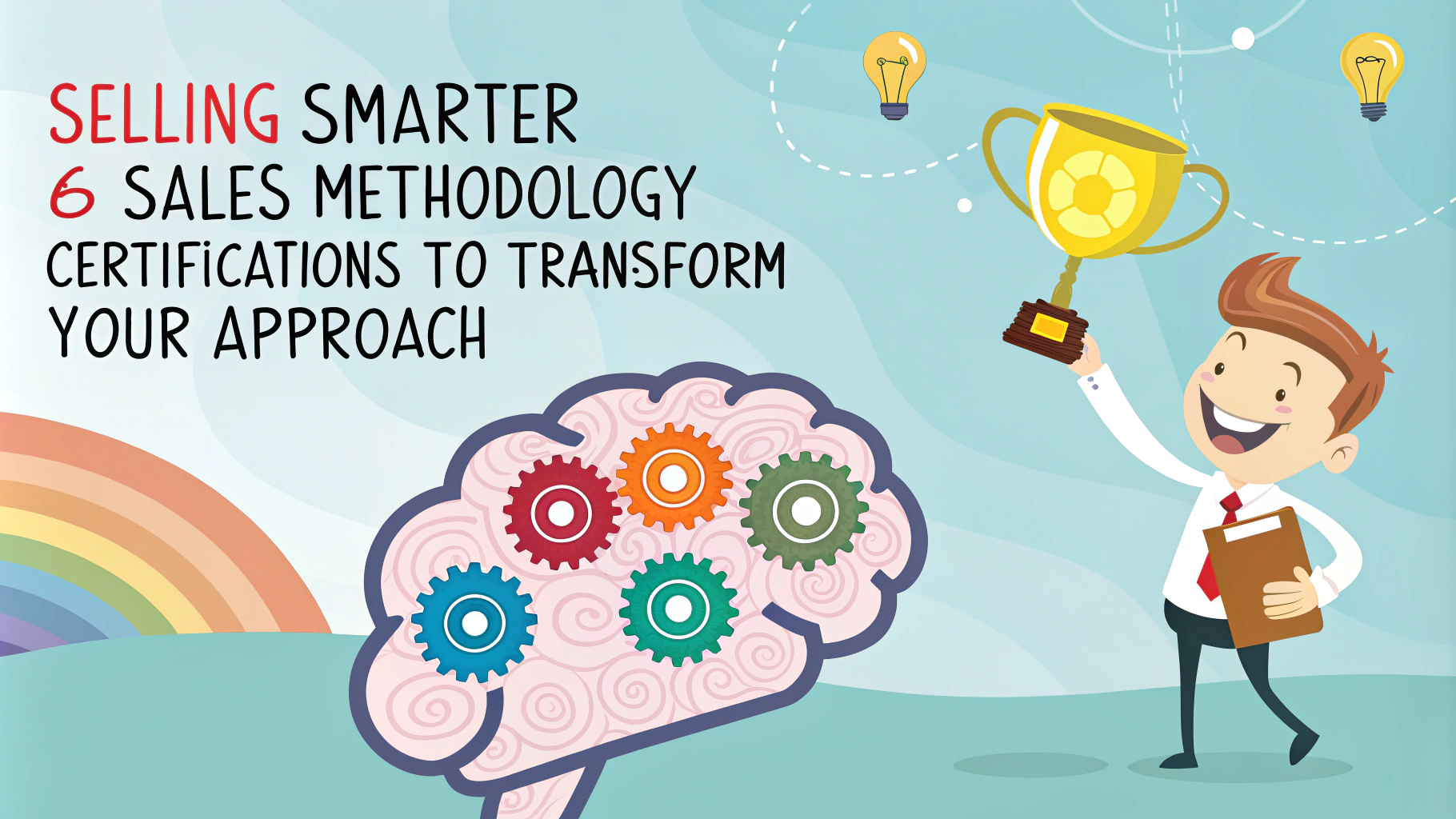Sales process mapping can transform chaos into clarity. This article breaks down expert techniques to help you create effective sales process maps, streamline your workflow, and boost your team’s performance.
Understanding Sales Process Mapping
Sales process mapping is a visual representation of your sales journey. It outlines each step from initial contact to closing the deal.
Benefits of sales process mapping:
- Identifies bottlenecks and inefficiencies
- Standardizes best practices
- Improves team communication
- Enhances customer experience
Key Elements of an Effective Sales Process Map
A well-designed sales process map includes several crucial components:
- Stages: Clear, distinct phases of the sales cycle
- Activities: Specific tasks within each stage
- Decision points: Where prospects move forward or exit
- Timelines: Expected duration for each stage
- Responsibilities: Who handles each task
Use flowcharts, swimlane diagrams, or value stream maps to visualize your process effectively.
Steps to Create Your Sales Process Map
- Gather data: Collect information from sales reps, CRM data, and customer feedback.
- Identify stages: Break down your sales process into distinct phases.
- List activities: Detail the tasks performed in each stage.
- Add decision points: Include where prospects move forward or exit the process.
- Assign responsibilities: Clarify who handles each task.
- Set timelines: Establish expected durations for stages and activities.
- Create the visual: Use a mapping tool or software to build your diagram.
- Review and refine: Get feedback from your team and make necessary adjustments.
Choosing the Right Mapping Tool
Selecting the appropriate tool can make or break your mapping efforts. Consider these options:
| Tool Type | Pros | Cons |
|---|---|---|
| Dedicated mapping software | Specialized features, templates | Can be costly, learning curve |
| General diagramming tools | Versatile, often more affordable | May lack sales-specific features |
| CRM integrated solutions | Direct data integration | Limited to specific CRM platforms |
Popular options include Lucidchart, Microsoft Visio, and Salesforce Process Builder. Choose based on your team’s needs and technical expertise.
Tips for Effective Mapping
- Keep it simple: Avoid overcomplicated diagrams
- Use consistent symbols: Maintain clarity across your map
- Include metrics: Add KPIs to measure performance
- Make it collaborative: Involve your entire sales team
- Update regularly: Review and revise as your process evolves
Remember, a well-crafted sales process map is a living document. It should evolve with your business and adapt to changing market conditions.
Optimizing Your Sales Process Map
A well-crafted sales process map is only the beginning. To maximize its effectiveness, you need to optimize and refine it regularly. Here are some strategies to enhance your map:
- Analyze data: Use CRM and sales analytics to identify bottlenecks and areas for improvement
- Seek feedback: Regularly ask your sales team for input on the process
- A/B test: Experiment with different approaches and compare results
- Automate where possible: Implement tools to streamline repetitive tasks
Remember, optimization is an ongoing process. Continuously monitor your sales metrics and be ready to adapt your map as needed.
Integrating Technology into Your Sales Process Map
Technology can significantly enhance your sales process map. Consider these tools and techniques:
- CRM integration: Link your map directly to your customer relationship management system
- AI-powered analytics: Use artificial intelligence to predict outcomes and suggest optimizations
- Mobile accessibility: Ensure your map is easily accessible on mobile devices for field sales teams
- Automation tools: Implement software to automate follow-ups, scheduling, and data entry
By leveraging technology, you can create a more dynamic and responsive sales process map that adapts to real-time data and market changes.
Training Your Team on the Sales Process Map
A sales process map is only as effective as the team using it. Proper training is essential for successful implementation:
- Interactive workshops: Conduct hands-on sessions to familiarize your team with the map
- Role-playing exercises: Practice scenarios to help team members internalize the process
- Regular refreshers: Schedule periodic training to keep everyone up-to-date
- Mentorship programs: Pair experienced sales reps with newcomers to provide guidance
Invest time in thorough training to ensure your team can effectively use the sales process map in their daily activities.
Measuring Success and Continuous Improvement
To ensure your sales process map remains effective, you need to measure its impact and continuously improve it:
Key Performance Indicators (KPIs) to Track
- Conversion rates at each stage
- Average deal size
- Sales cycle length
- Customer acquisition cost
- Win rate
Regularly review these metrics to identify areas for improvement in your sales process map.
Continuous Improvement Strategies
- Regular reviews: Schedule quarterly assessments of your sales process map
- Benchmarking: Compare your performance against industry standards
- Customer feedback: Incorporate input from clients to refine your approach
- Cross-functional collaboration: Involve marketing and customer service teams in the improvement process
By consistently measuring and improving your sales process map, you can ensure it remains a valuable tool for your sales team.
Conclusion
Creating an effective sales process map is a powerful way to streamline your sales workflow and boost team performance. By following the steps outlined in this guide, you can develop a clear, actionable map that guides your sales team to success.
Remember to:
- Regularly optimize your map based on data and feedback
- Integrate technology to enhance efficiency
- Provide thorough training to your team
- Continuously measure and improve your process
With a well-designed and consistently refined sales process map, you’ll be well-equipped to navigate the complex world of sales and drive your business forward.





